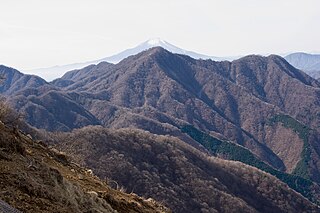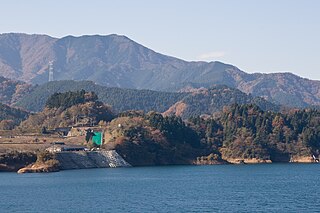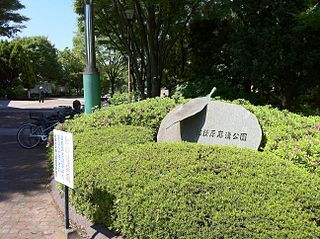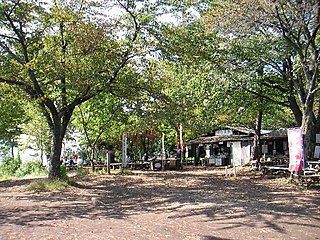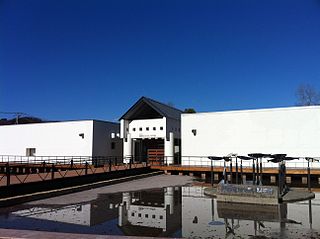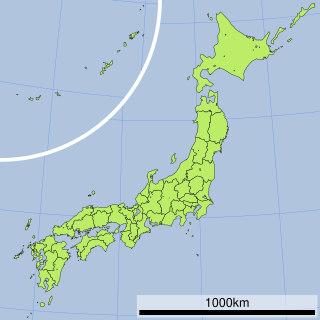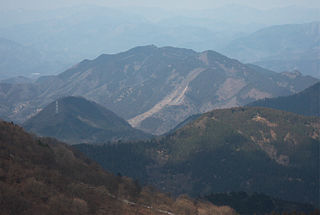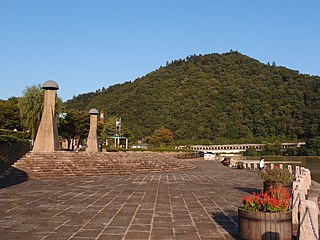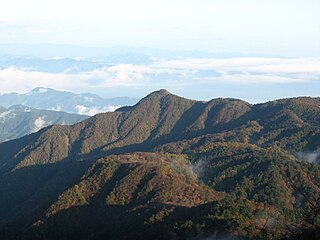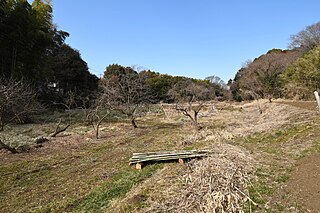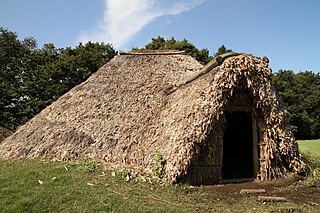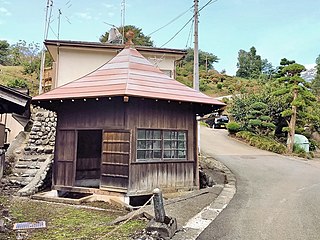19 Sights in Sagamihara, Japan (with Map and Images)
Legend
Premium Sights
Book tickets, guided tours and activities in Sagamihara.
Guided Free Walking Tours
Book free guided walking tours in Sagamihara.
Welcome to your journey through the most beautiful sights in Sagamihara, Japan! Whether you want to discover the city's historical treasures or experience its modern highlights, you'll find everything your heart desires here. Be inspired by our selection and plan your unforgettable adventure in Sagamihara. Dive into the diversity of this fascinating city and discover everything it has to offer.
1. Mt. Hinokiboramaru
Hinokiboramaru is a mountain with an altitude of 1,601 m located in the western part of the Tanzawa Mountains, on the border between Sagamihara City, Kanagawa Prefecture and Yamakita Town, Ashigara Kami District, Kanagawa Prefecture. Also known as Aogatake. It is sometimes written as Hitomaru in the new script.
2. 相模女子大学グリーンホール
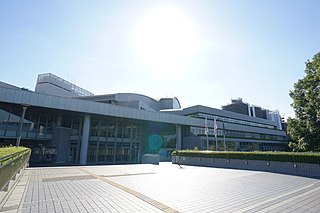
Sagamihara City Cultural Center is a hall located in Sagami-Ono, Minami-ku, Sagamihara City, Kanagawa Prefecture, Japan. The original nickname of the museum was Green Hall Sagami Ohno (decided on June 13, 1989). It was established to provide a place for citizens to appreciate art and culture and engage in cultural activities, thereby contributing to the creation of a city full of cultural fragrance.
3. Mt. Yakeyama
Yakeyama is a mountain with an altitude of 1,060 m at the northern end of the main Tanzawa vein. It is located in Sagamihara City, Kanagawa Prefecture and belongs to the Tanzawa Oyama Quasi-National Park. Due to its location in the northern part of Tanzawa and inconvenient transportation, there are few climbers. There is an observatory at the top and a good view of Tanzawa and Takao, but it is difficult to see the west side due to the trees in the way.
4. 相模原麻溝公園
Sagamihara Asamizo Park is an urban park located in Asamidai, Minami-ku, Sagamihara City, Kanagawa Prefecture. The facility is owned by Sagamihara City, and is operated and managed by the Asamizo Park Group Management Consortium (Sagamihara City Town and Midori Public Corporation) as the designated manager.
5. Kobotoke Shiroyama
Shiroyama is a mountain on the border between Hachioji City, Tokyo and Midori Ward, Sagamihara City, Kanagawa Prefecture. In order to distinguish it from other castle mountains, it is sometimes called Kobotokeshiroyama. The altitude is 670.3 m. It is adjacent to Mt. Takao.
6. 相模川ふれあい科学館 アクアリウムさがみはら
The Sagamigawa Fureai Science Museum is a science museum in Sagamihara City that breeds and exhibits fish from the Sagami River located in Mizugotana, Chuo-ku, Sagamihara City, Kanagawa Prefecture. It is also a facility that has been selected as one of the 50 best museums in Kanagawa and one of the 100 best buildings in Kanagawa.
7. Mt. Rengyo
Rengyōhō is a mountain with an elevation of 1,016 meters located on the border between Hinohara Village in Nishitama District, Tokyo, and Midori Ward in Sagamihara City, Kanagawa Prefecture. It is situated in the southern part of the Okutama mountain area, east of Mount Saito, and is designated as part of the Kanagawa Prefectural Jinba Sagamiko Natural Park. On trail markers, it is also referred to as Rengyōzan.
8. Mt. Daigomaru
Daigomaru is a mountain with an elevation of 867m located on the border of Hinohara Village in Nishitama District, Tokyo, and Kamiofuna Town in Hachioji City, as well as Midori Ward in Sagamihara City, Kanagawa Prefecture. At this mountain, the Oku-Takao Ridge Trail and the Sasa Ridge (Kanto Friendship Trail) converge and head towards Jinba Mountain. Additionally, the highest point in Hachioji City is 862.7m at this city border.
9. 石老山
Mt. Sekiro is a mountain with an altitude of 702 m located in Midori Ward, Sagamihara City, Kanagawa Prefecture, in the northern part of the Tanzawa Mountains. At the northern foot is Lake Sagami. One of the 100 famous mountains in the Kanto region. It is famous for its large number of strange rocks on the mountain road. Because it is easy to climb, it is popular with day hikers.
10. 嵐山
Arashiyama is a mountain located in Midori Ward, Sagamihara City, Kanagawa Prefecture, Japan. The altitude is 406m. It is also called Sagami Arashiyama to distinguish it from Arashiyama in other regions.
11. Mt. Sodehira
Mt. Sodehira is a mountain with an altitude of 1,432 m located in the northern part of the Tanzawa Mountains, in the main vein of Tanzawa (a little away from the actual main vein traverse). It is located in Sagamihara City, Kanagawa Prefecture and belongs to the Tanzawa Oyama Quasi-National Park. It is also called "Sodehira".
12. 淵野辺公園
Fuchinobe Park is a city park (sports park) located in Chuo Ward, Sagamihara City, Kanagawa Prefecture, Japan. In the park, there are Sagamihara Municipal Sagamihara Stadium, Hibari Stadium (sub-stadium of Sagamihara Stadium), and Ginga Arena (indoor swimming facility, skating rink in winter). In the vicinity of the park are Izumi Junior College and the Sagamihara City Museum. Previously, there was a U.S. military base (Camp Fuchinobe).
13. 相模湖公園
Kanagawa Prefectural Sagamiko Park is a Kanagawa Prefectural urban park located in Midori Ward, Sagamihara City, Kanagawa Prefecture, opened in 1951. Located on the shore of Lake Sagami, you can enjoy a panoramic view of the lake, as well as seasonal scenery, canoeing, and boating. It is crowded with many people during the festival.
14. 青柳寺
Seiryuuji is a Nichiren sect temple located in Kamitsuruma Honcho, Minami Ward, Sagamihara City, Kanagawa Prefecture. Its mountain name is Houunzan. The former head temple is Komachi Hongakuji, and it is affiliated with the Choshi sect. There is a monument that reads "Birthplace of the Busou Konmintou." Within the ward, there are also Kouenji and Kenshouji.
15. 旧石器ハテナ館
The Tana Mukaihara Ruins Paleolithic Learning Center is an archaeological museum located in the Tana Shiota Field, Chuo-ku, Sagamihara City, Kanagawa Prefecture. It is nicknamed the Paleolithic Hatena Pavilion. As an exhibition facility of the Tana Mukaihara Ruins, a national historic site, the remains of Paleolithic buildings (dwelling remains) dating back about 20,000 years, which are said to be the oldest in the Japan archipelago, will be introduced.
16. Taima Azumahara Kofun
The Toma-Higashihara Kofun is a late Kofun burial mound located in Toma, Minami-ku, Sagamihara City, Kanagawa Prefecture, Japan. The mound is designated as a city-designated historic site, and the excavated items are designated as city-designated tangible cultural properties.
17. 勝坂有鹿谷遺跡
The Katsusaka Arikaya Ruins (Katsusaka Arikaya and Iseki, Katsusaka Arikaya Ritual Ruins / Katsusaka Ritual Ruins / Arikatani Ritual Ruins) is an ancient ritual site located in Isobe, Minami-ku, Sagamihara City, Kanagawa Prefecture, Japan. It has not been designated as a historic site. The excavated ritual relics are designated as Sagamihara City Designated Tangible Cultural Properties.
18. 勝坂遺跡公園
The Katsusaka Site is an archaeological site containing the ruins of a large Jōmon period settlement located in what is now the Isobe neighborhood of Minami-ku, Sagamihara, Kanagawa Prefecture in the southern Kantō region of Japan. The site was designated a National Historic Site of Japan in 1974, with the area designated expanded in 1980, 1984, 2006 and 2019. The site was first discovered by Kashiwa Oyama in 1926.
19. 寸沢嵐石器時代遺跡
The Suarashi Stone Age Site is an archaeological site in the Suwarashi neighborhood of Midori-ku, Sagamihara, Kanagawa Prefecture, in the southern Kantō region of Japan containing a late Jōmon period settlement trace. It was designated a National Historic Site of Japan in 1930.
Share
Disclaimer Please be aware of your surroundings and do not enter private property. We are not liable for any damages that occur during the tours.
